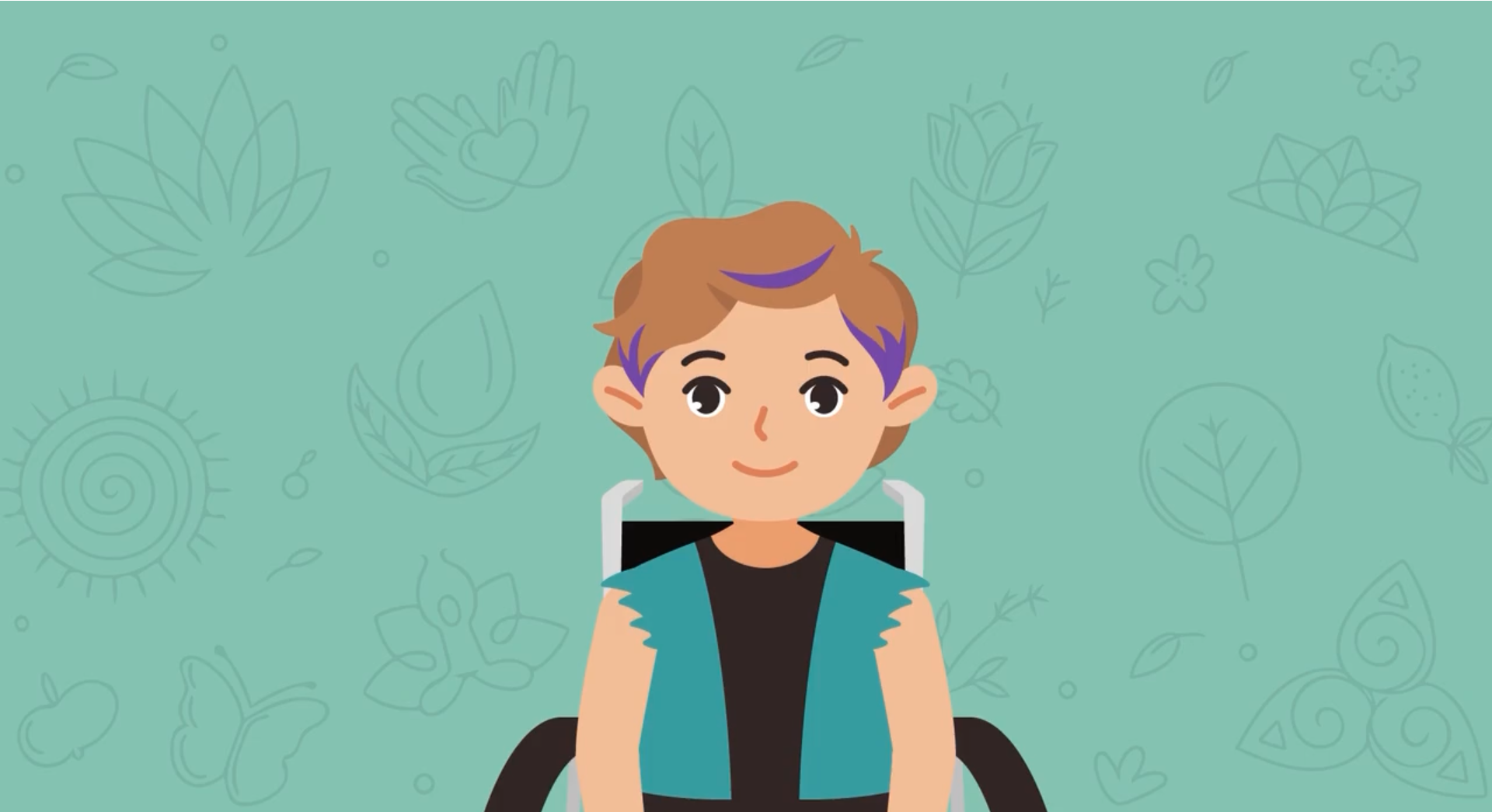Introduction
Teaching our young students calming techniques is essential for their overall well-being and success in school. One fun and effective way to help them develop these skills is through animal breathing exercises, such as lion and cat breathing. These activities are designed to engage Kindergarten students in a playful manner while teaching them essential strategies to manage their emotions and feelings.
No-Prep Activity
Here’s a simple, no-prep activity that requires no materials or preparation from the educator. This engaging exercise combines both lion and cat breathing techniques for a fun and calming experience:
- Ask your students to find a comfortable spot where they have room to move around and take a seat.
- Guide them through the lion breathing exercise: “Put your paws up like a lion. Take a big breath in. Now stick out your tongue and breathe out like a quiet roar. Let’s do it again. Paws up, lions. Breathe in… Open your mouth, stick out your tongue and breathe out.”
- Next, transition to the cat breathing exercise: “Kneel on your hands and knees like a cat. Breathe in… Lift your chin, curve your back and tilt your head back. Breathe out. Arch your back and tuck your head down so you’re looking at your belly button.”
- Repeat the cat breathing exercise a few more times, encouraging the students to focus on their breath and the movement of their bodies.
Remind your students that they can use these breathing exercises whenever they need to calm down or manage their emotions.
Discussion Questions
Use these questions to stimulate further discussions about the animal breathing exercises and their benefits:
- How did it feel to do the lion and cat breathing exercises? Did you notice any changes in your emotions or body?
- Can you think of other animals that have interesting ways of breathing? How could we incorporate their techniques into our calming exercises?
- When might you use these breathing exercises during your day? Can you think of specific situations where they would be helpful?
- Why is it important to learn and practice calming techniques like these animal breathing exercises?
Related Skills
In addition to lion and cat breathing exercises, there are many other skills and techniques that can help students develop their ability to manage emotions and maintain a sense of calm. Some related skills include:
- Mindfulness and meditation
- Progressive muscle relaxation
- Deep breathing exercises
- Visualization and guided imagery
Next Steps
If you found these animal breathing exercises helpful for your Kindergarten students, we invite you to explore more resources and sample materials for teaching calming techniques and other essential skills. Visit Everyday Speech’s sample materials page to sign up for free samples and discover more activities to support your students’ social-emotional learning journey.






